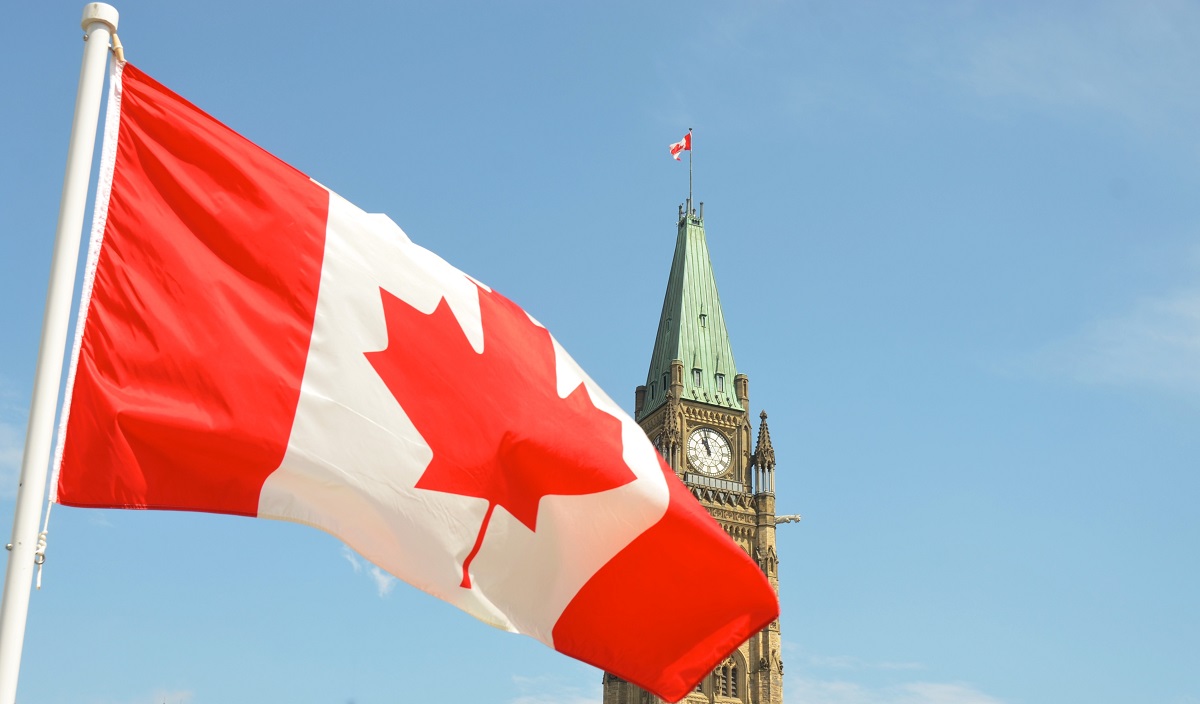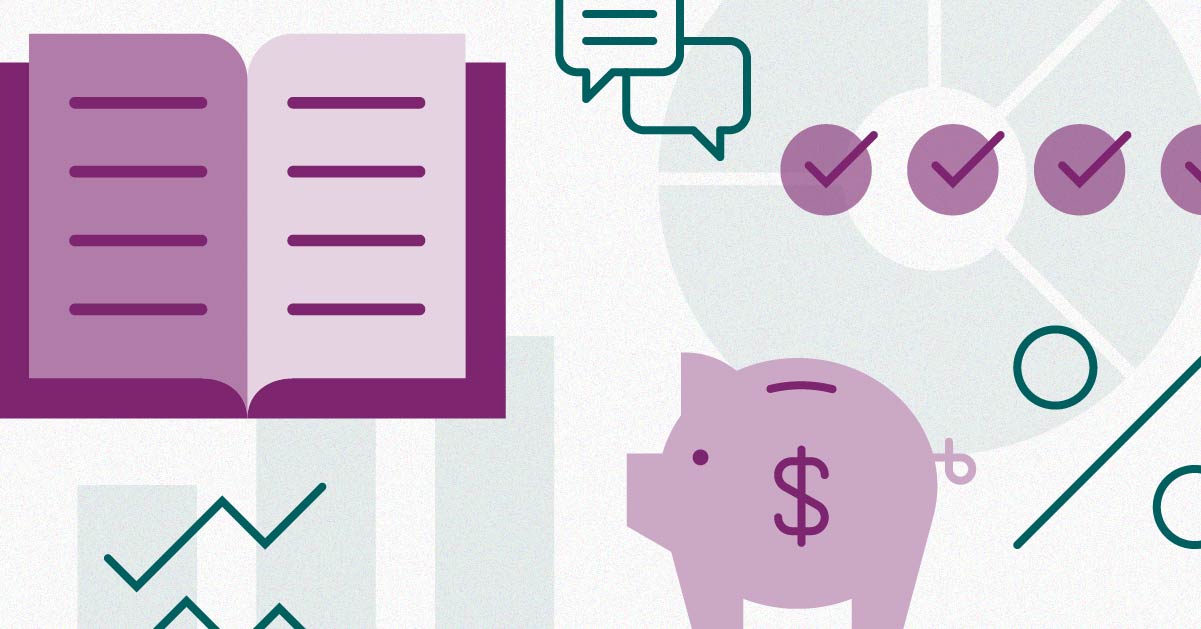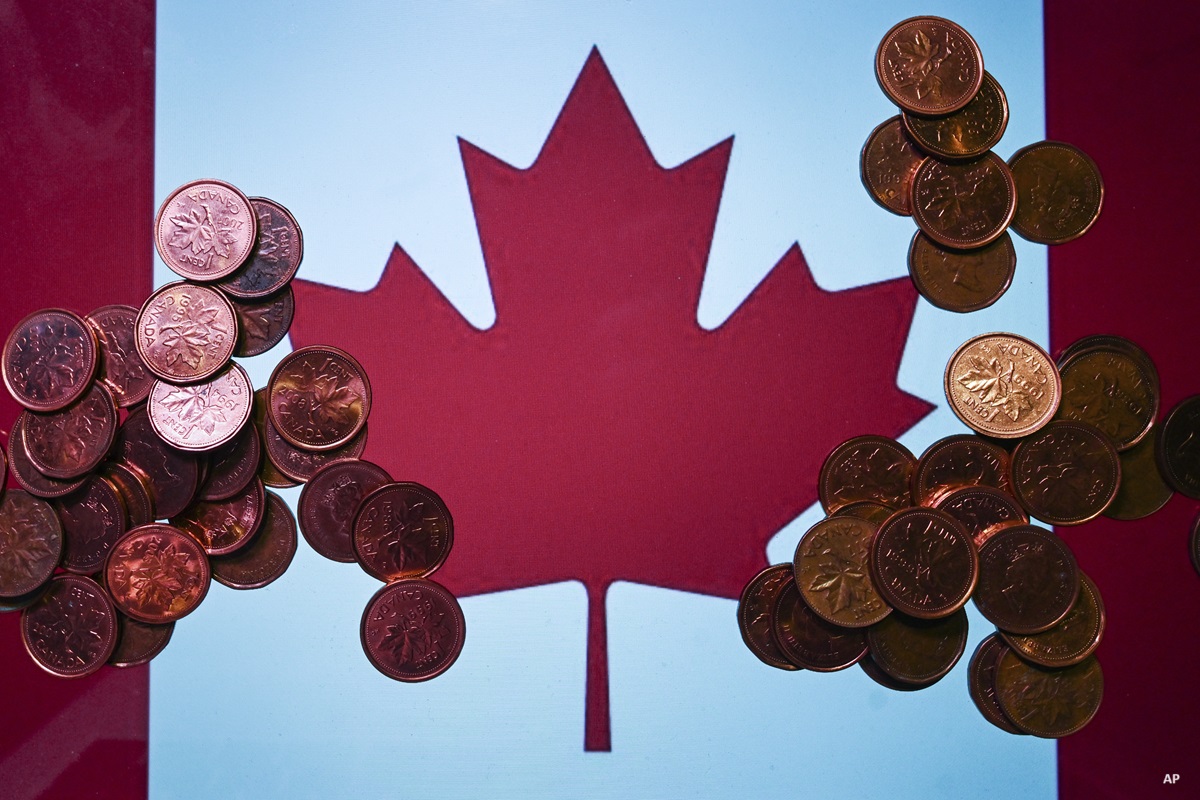
Pension programs, government and private, are facing “challenges not seen in the global economy in decades,” according to the Mercer CFA Institute Global Pension Index 2022: Rising inflation, rising government debt, rising interest rates, rising temperatures, rising global conflicts while the economy is de-globalizing.
And that’s not all. Many more baby boomers will be retiring, causing the number of beneficiaries of the OAS basic pension to increase by 53% between 2020 and 2035, from 6.6 million in 2020 to 10.1 million by 2035, according to the 16th Actuarial Report on the Old Age Security Program produced by the Office of the Superintendant of Financial Institutions (OSFI). Presently, retirees receive $691 per month for up to an individual revenue of $79,845 for 2021. That means annual expenditures will increase from $46.3 billion in 2020 to $94.3 in 2035 and catapult to $195.5 billion in 2060.
OAS is Still a Small Share of GDP
That’s a lot of rising numbers and rising constraints. Will they cause pension benefits to fall?
Apparently not, as the OAS program still seems quite sturdy. “When we make projections, economic growth causes the government’s capacity to pay for pension benefits to be greater than the rise in benefits themselves; in other words, expenses rise less than revenues,” asserts Denis Latulippe, actuary and associate professor, School of actuarial studies at Université Laval. For example, OSFI underestimated Canada’s GDP of $2.35 trillion in 2021 and $2.48 trillion in 2022, but the actual GDP for 2021 has been $2.62 trillion and for 2022, $2.78 trillion.
On the expense side of the OAS equation, in the 16th actuarial report, OSFI projected that, despite a near doubling, the program’s cost would reach a peak of 3.1% of GDP somewhere around 2035, afterward declining to 2.63% of GDP by 2060 “which is comparable to the historical levels of the early 1990s,” says Latulippe. The more recent revision of the 17th Actuarial Report, a supplement to the previous one, changed little to those projections: the peak of 3.12% of GDP would be reached in 2030, then decline to 3.03% in 2040, 2.77% in 2050, and 2.63% in 2060.
OAS is “Pay as You Go”
Relating OAS expenses to GDP certainly makes for an interesting correlation, but the more revealing correlation is to the federal government’s budget. One must remember that OAS benefits, which include Government Income Supplement (GIS) benefits for poorer old-age people, come directly out of government expenditures. OAS, unlike CPP, is a “pay as you go” scheme.
Numbers there are reassuring, at face value: in 2012, OAS total expenditures amounted to $41.1 billion, or 5.7% out of total federal revenues of $711.5 billion. In 2022, OAS expenditures of $68.3 billion represented 5.8% of a total budget of $1.16 trillion. In 2035, those expenditures are expected to grow to $123.4 billion. How much that will represent in a still unknown federal budget is anybody’s guess.
The numbers established previously are part of OSFI’s base-case scenario. The Office also proposes a lower economic growth path, with a lowered worker participation rate (76.2% versus 79.2% in the best-case scenario), very low wage increases (0.3%), and a higher unemployment rate (8.2% versus 6.2%). In that scenario, OAS expenditures still rise to a relatively tame level of 3.78% of GDP in 2060.
However, some assumptions across all of OSFI’s scenarios could prove quite shaky. A key projection is for an inflation rate of 2.0% which is projected from 2021 to 2060, a questionable hypothesis. For example, under the pressure of recent inflation, OAS benefits were indexed in 2023 by 6.3%. Chances are that inflation will come down, but chances are just as great that it could remain well above the Bank of Canada’s targeted rate of 2% in the foreseeable future. If it is the case, OAS could come to represent a significantly higher share of Federal expenses, exerting greater pressure on the Federal budget.
Internationally, Canada Looks Good
An international comparison throws a rather favourable light on Canada’s public pension system. As a percentage of GDP, the Organisation for Economic Cooperation and Development (OECD) set the 2017 level of public expenditures in Canada at 4.8% of GDP and 11.6% of total government spending, which are some of the lowest levels among advanced countries. Our numbers somewhat differ from the ones indicated above, which we can’t explain fully. Latulippe indicates that GDP-related numbers must be interpreted in terms of an economy’s earnings or collective income, which amounts to approximately 50% of GDP. Therefore, when OAS benefits are posted at 3.1% of GDP in 2035, they must be recalculated to approximately 6% of GDP.
In the United States, for example, public expenditures on pension benefits represented 7.1% of GDP and 18.4% of government spending. In France, the numbers are 13.6% and 24.2%. In Australia, they are 4.0% and 10.9%. The OECD averages were 7.7% and 18.4%. Such numbers indicate that Canada still has a relatively comfortable cushion compared to other advanced economies.
The Mercer Pension Index ranks Canada’s retirement income system as 13th among 44 systems, with an overall rating of 70.6. The average rating stands at 63, with Iceland and the Netherlands getting top honours with ratings of 84.7 and 84.6, while the U.S. and France come in at 63.9 and 63.2. One of the major areas of improvement the Mercer report indicates for Canada is in its sustainability sub-index, which is quite weak at 64.7.
Mercer suggests two avenues of improvement for the sustainability of the system: reducing government and household debt. And that is on the way to improving, points out Travis Shaw, Senior Vice-President, Global Sovereign Ratings at DBRS Morningstar. “While the federal debt stood at 87% of Canada’s GDP in 2019, it shot up to 118% in 2020, declining to 102% in 2022. We expect it to decline back to 89% by 2027.”
As all investment propositions advise: past performance is not a guarantee of future performance. But, so far, Canada’s OAS is holding very well, and promises to do so in the long term.




















